The most effective long-term wildlife control solution is wildlife exclusions. Animal trapping solves current animal infestation issues, it does not address future wildlife invaders. By locating all animal entry points and implementing animal exclusion techniques, the chances for future animal infestation and damage are greatly reduced.
Due to the varied nature and intelligence levels of animal species and their habits, some exclusion techniques may be more effective than others. Improperly implemented wildlife control techniques may cause more harm than good by creating a situation where an animal has learned to avoid traps and baits. The wildlife professionals at Critter Control have the experience and training to quickly identify the offending animal and develop an effective plan of defense.
Animal Entry Points and Solutions:
- Chimney – Adding chimney caps and screening can prevent animals from falling in or nesting
- Plumbing Vents – Animals seeking shelter can become stuck in plumbing pipes
- Roof & Fascia Spaces – Poorly sealed points between roof & fascia invite animal entry
- Roof Vents – Lightweight, flimsy vents should be replaced with heavy secure roof vents
- Oven & Bathroom Exhaust Vents – Adding screening to vents helps keep animals out
- Roof/Soffit Intersection – Securing gaps will help prevent animal chewing and entry
- Holes in Siding – Repairing & reinforcing holes will discourage animal infestation
Raccoon Exclusion
Raccoons are agile and strong. They are excellent climbers and have nimble hands with thumb-like digits on their front paws that can grab, claw, and tear their way through a variety of surfaces and materials that make up the outer parts of a building. Raccoons in Detroit are strong enough to destroy shingles and plywood to gain access to your attic.
ypical raccoon entry points in Detroit include soffits, vents, chimneys, roof returns, and metal flashings.
Soffit Damage by Raccoon in Detroit
A raccoon in Detroit created a den in this attic to raise her young. We trapped and released the mother. After the direct capture of the kits, we reunited the raccoons.
She easily broke through a soffit. After raccoon removal, we repaired the soffit and offer a one-year warranty on it.
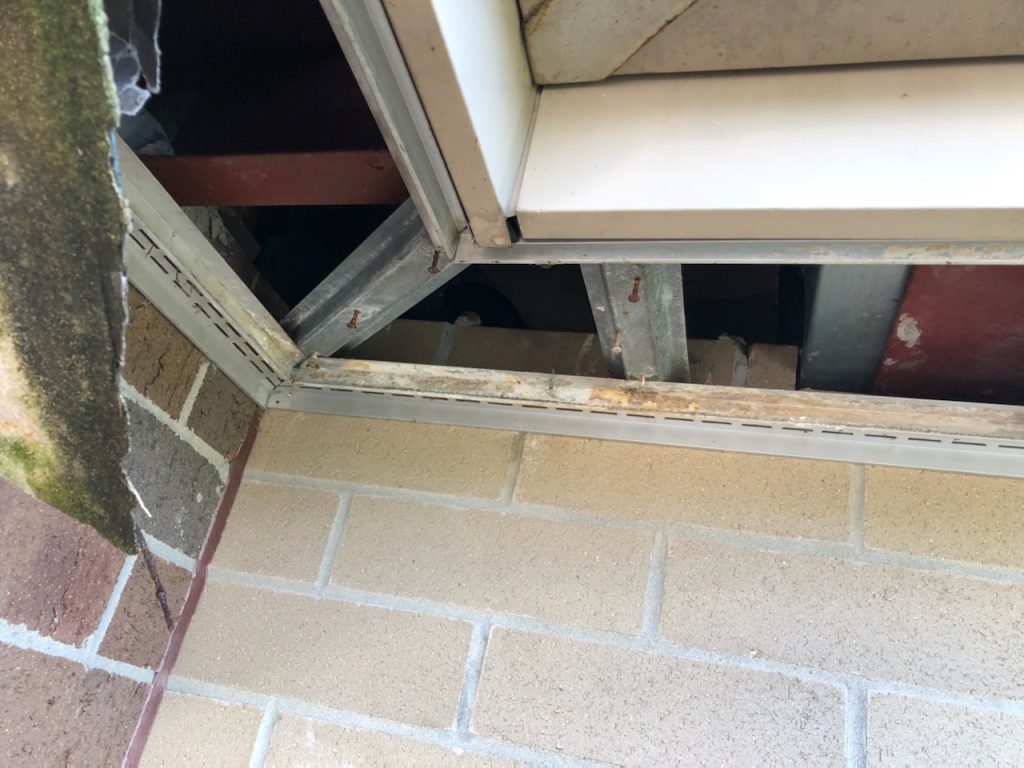
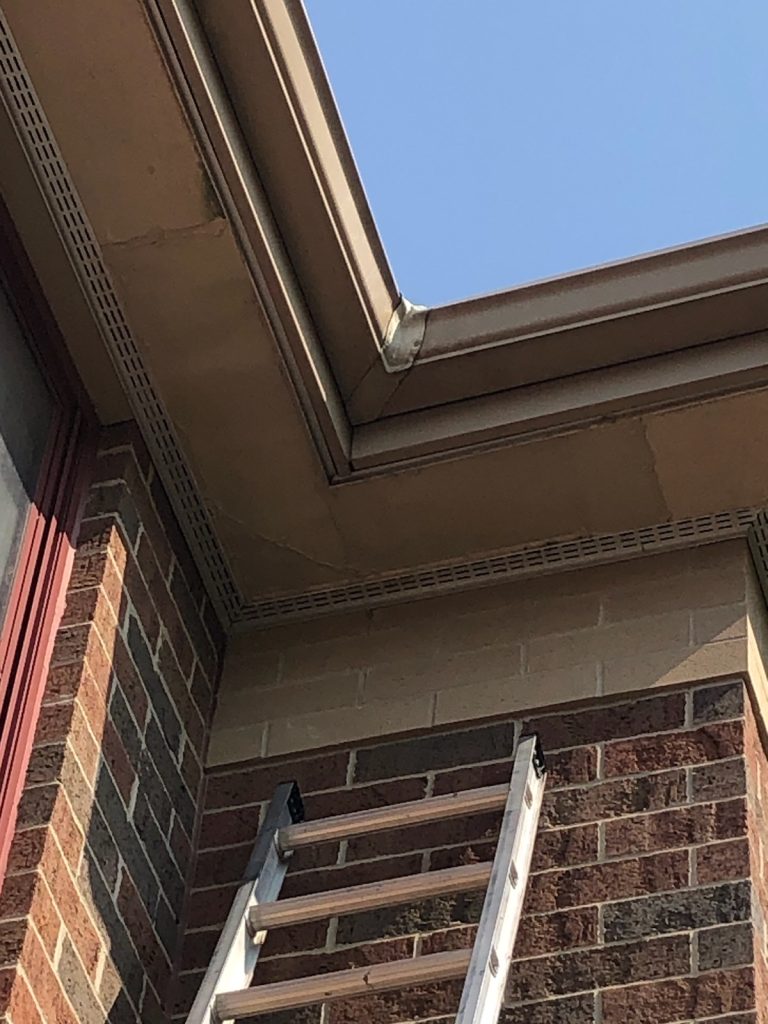
Raccoon Roof Damage in Farmington Hills
A raccoon in Farmington Hills found a weakness on a roof. She was able to peel off the shingles then tear open a hole in the plywood. After trapping the raccoon and removing her, we installed galvanized steel to keep her out.
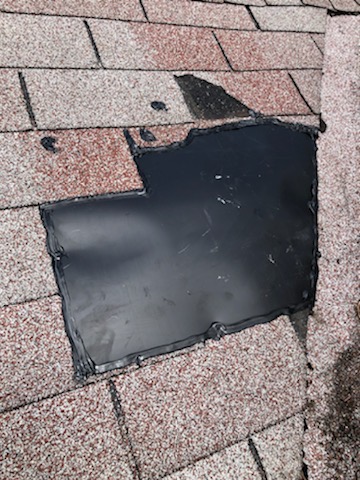
Squirrel Exclusion
As squirrels spend their days running up and down trees and jumping from branch to branch, they have a bird’s-eye view of home roofs and their weaknesses. Because squirrels do not hibernate in winter, the warmth they feel coming from gaps makes an ideal winter den. Squirrels will use their teeth to gnaw through damaged or unscreened vents or tiny gaps to enter the attic. And they most often use the branches of trees near the home or wires to get to the roof. While ideal for squirrels, their presence damages homes and poses health risks for the families within.
Squirrels only need a gap of 1.5 inches to gain entry. The most common places where squirrels find entry into your attic include soffits, gable vents, ridge vents, soffits, chimneys, siding corners, gutters, and plumbing masts.
Squirrel Entry Point in Detroit
A squirrel in Detroit gnawed through wood and aluminum to create their own entry point. The damage gave access to the attic where she created a nest.
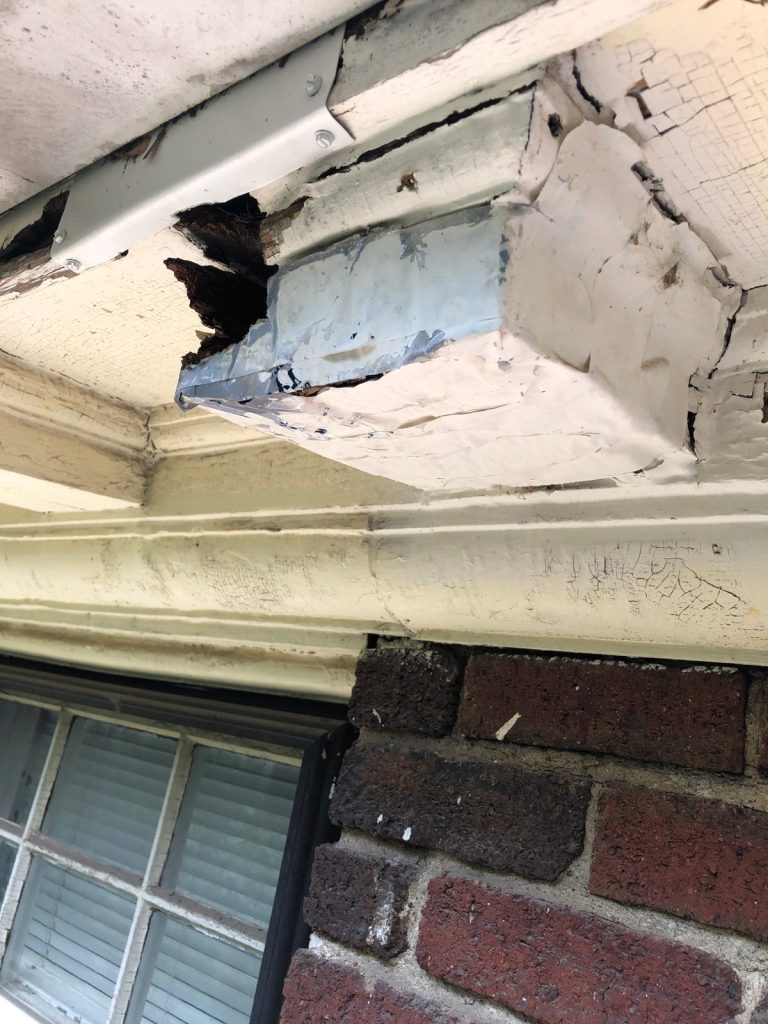
We attempted a few squirrel removal techniques. We install one way valves and set up a squirrel trap. Once the squirrel was trapped, we removed the nest from the attic and applied santiziation agents and ectoparasite treatments. The soffit was repaired, and we installed a new galvanized steel element to keep squirrels from gnawing through it again. All exclusions come with a one year warranty. If a squirrel gets back into this house through our repairs, we remove the squirrel and repair the damage at no cost to the homeowner.
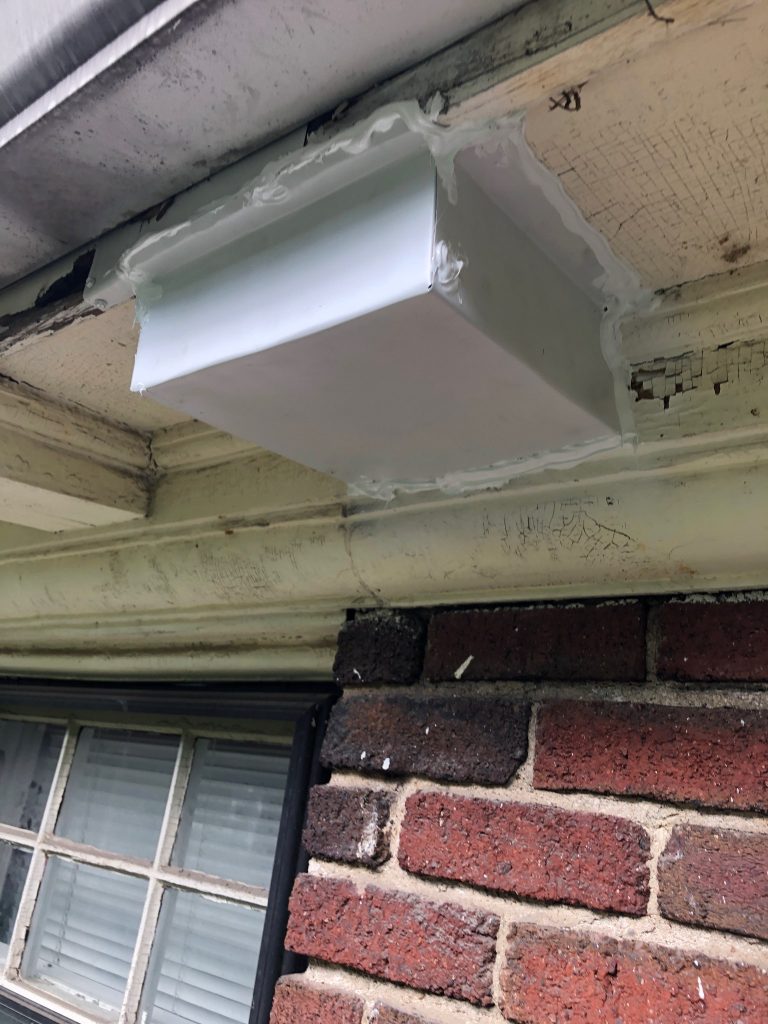
Bat Exclusion
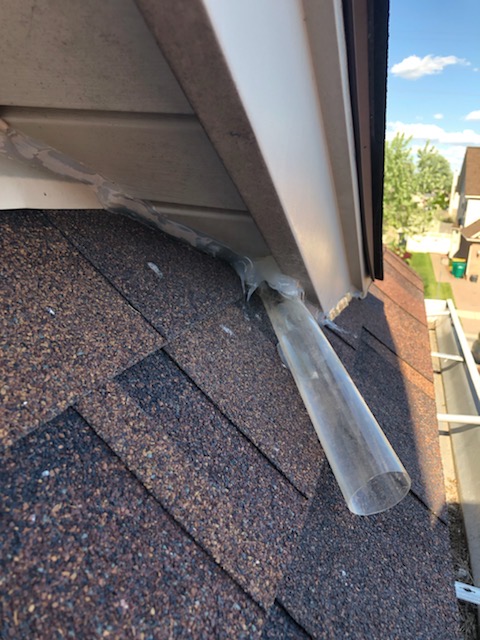
Unlike other nuisance animals, bats are not able to create an entry point. They aren’t strong enough.
They have clever ways of getting indoors, however. As bats fly at night, scooping insects into their mouths and wings, they search for places to roost. As they pass by your home, barn, or shed, they use temperatures to determine where to stay. Bats can find entry points in soffits, fascia board, ridge vents, gable vents, eaves, and chimneys.
Bats like warmth while they roost, and small cracks and holes around your home allow heat to escape. Bats feel even the slightest bit of heat and follow it inside, where they will locate a beam or other part of the structure for roosting.
Not only are they the most effective way to remove bats, but bat exclusions are the only legal way to get rid of bats from your house. Some other important things to consider include:
- Bats cannot be disturbed during hibernation.
- Bats cannot be removed or harassed during the mating season.
- Pups must be able to fly out on their own.
- Local regulations may require testing for diseases
Contact Form
Get them out.
Keep them out.®
Experience wildlife or pest issue? We can help! Complete this form and your local Critter Control® office will contact you to assist.